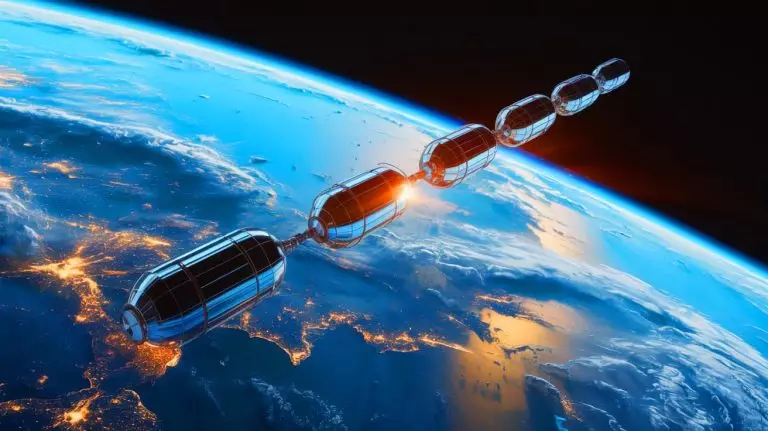| IN A NUTSHELL |
|
The realm of space surveillance is rapidly evolving, with China at the forefront of this technological frontier. The Chutian satellite constellation, an ambitious project led by China Aerospace Science and Industry Corp (CASIC), is set to provide a new level of real-time data access on public populations. As China moves closer to deploying a 300-satellite network in very low Earth orbit (VLEO), the implications for global surveillance and data collection are profound. These developments raise important questions about privacy, technology, and international relations.
Launching to Very Low Earth Orbit
The Chutian-001 satellite has already demonstrated remarkable capabilities during its testing phase, which included precise satellite control and real-time target detection in VLEO. Operating at altitudes below 186 miles, this satellite can capture high-resolution smart images and perform multi-sensor monitoring of its environment. The bullet-shaped design of the satellite minimizes atmospheric drag, a critical factor at such low altitudes. Despite the challenges of increased air resistance, VLEO offers significant advantages such as stronger signal transmissions, reduced power requirements, and enhanced imaging capabilities. The successful operation of Chutian-001 sets the stage for a larger constellation that could revolutionize how we access and use real-time data from space.
China’s Chutian Constellation Plans
Launched in partnership with the Hubei provincial government, the Chutian constellation project aims to deploy a comprehensive satellite network capable of continuous global coverage. Following the successful tests of the initial satellite, CASIC plans to launch nine additional satellites to VLEO, focusing on Earth observation and data gathering. The ultimate goal is to establish a 300-satellite network, with further expansion planned beyond 2030. This constellation will utilize various imaging technologies, including visible light, synthetic aperture radar, and infrared, to provide rapid response times and support a range of applications from disaster response to agriculture management. As project leader Zhang Chuan emphasizes, the potential for public service applications is vast, offering insights into crowd density and hazardous conditions.
Real-Time Data and Public Services
The Chutian satellite network’s ability to support disaster response is particularly noteworthy. By providing mission dispatch within minutes and live updates from affected areas, this constellation could transform emergency management. Additionally, its design for instant downlink times suggests a future where public services are enhanced by real-time data. Applications could include alerting drivers to hazardous conditions or offering insights into urban planning. This capability to transmit live updates in real time represents a significant advancement in satellite technology and its potential uses for public good.
Implications for Privacy and Global Relations
While the technological advancements of the Chutian constellation are impressive, they also raise important questions about privacy and international relations. The ability to collect real-time data on public populations could lead to concerns about surveillance and data security. Moreover, as China moves forward with this project, it may influence global dynamics in space exploration and data collection. The balance between technological innovation and ethical considerations will be crucial as these satellites become operational. How nations navigate these developments will shape the future of space technology and its impact on society.
As the Chutian satellite project progresses, it offers a glimpse into a future where real-time data is increasingly accessible from space. This technological leap presents both opportunities and challenges. How will societies balance the benefits of enhanced data access with the need for privacy and ethical standards?
Did you like it? 4.4/5 (20)








Is this just another space race or something more serious? 🤔
Can we trust China with this kind of technology?
What are the potential benefits for agriculture management mentioned in the article?
Great read! Thanks for sharing this insightful piece. 😊
Does this mean the US will ramp up its own satellite launches?
I’m skeptical about the “bullet-like” design. Sounds like sci-fi. 😂
Elon musk in the US already have this and it is 10 years ahead of the Chinese. It’s called SpaceX!!! You could probably plug SpaceX components into this Chinese satellite and it would work fine because all it is is stolen us technology and it’s going to take them 10 years to even get to where it is as effective as SpaceX. SpaceX is not only just internet, probably around a thousand of those satellites are doing what this article describes!!!